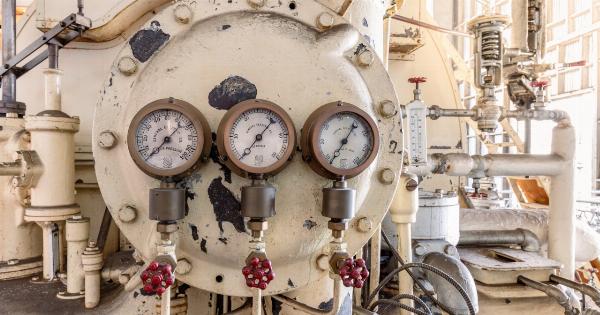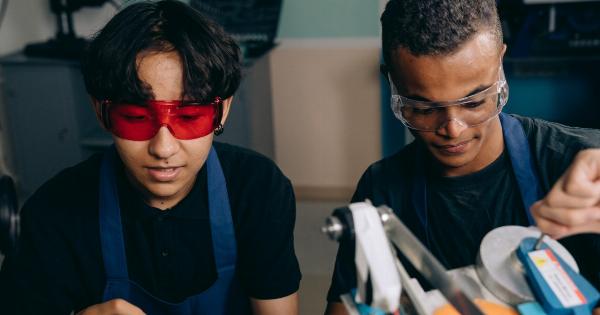Scientists have managed to bring dead pigs’ organs back to life by using a technique that involves pumping them with artificial blood.
The breakthrough could have major implications for organ donations and transplants, potentially allowing previously unusable organs to be brought back to life and donated to patients in need.
How the technique works
The technique works by placing the dead organ in a chamber, and connecting it to a machine that pumps a specially-formulated liquid through its veins and arteries.
This liquid is designed to mimic blood, carrying oxygen and other necessary nutrients to the cells in the organ. By doing so, it can keep the organ alive and functioning, even though it has been removed from the body for some time.
The potential applications of the technique
The potential applications of this technique are vast. Currently, only around one in five donated organs are suitable for transplantation. This is because organs begin to deteriorate almost immediately once they are removed from their original host.
However, if organs can be brought back to life and kept functioning outside the body, this could dramatically increase the number of organs available for transplant.
There are also implications for research. By being able to keep organs alive outside the body for extended periods of time, scientists could use them to test new drugs and treatments, without the need for animal testing or human trials.
The limitations of the technique
There are, of course, limitations to this technique. The first is that it has only been tested on pig organs at this stage. It is not yet clear whether it would be effective on human organs, or whether it could be scaled up to be used more widely.
Another limitation is that the technique only works on organs that have been removed from a body fairly recently. If an organ has deteriorated too far, or has been damaged, it may not be able to be brought back to life using this technique.
Conclusion
The ability to bring dead organs back to life using this technique is a groundbreaking development in the field of organ transplantation and research.
While there are still limitations and questions to be answered, it has the potential to save countless lives and improve medical research in ways we cannot yet fully comprehend.






























